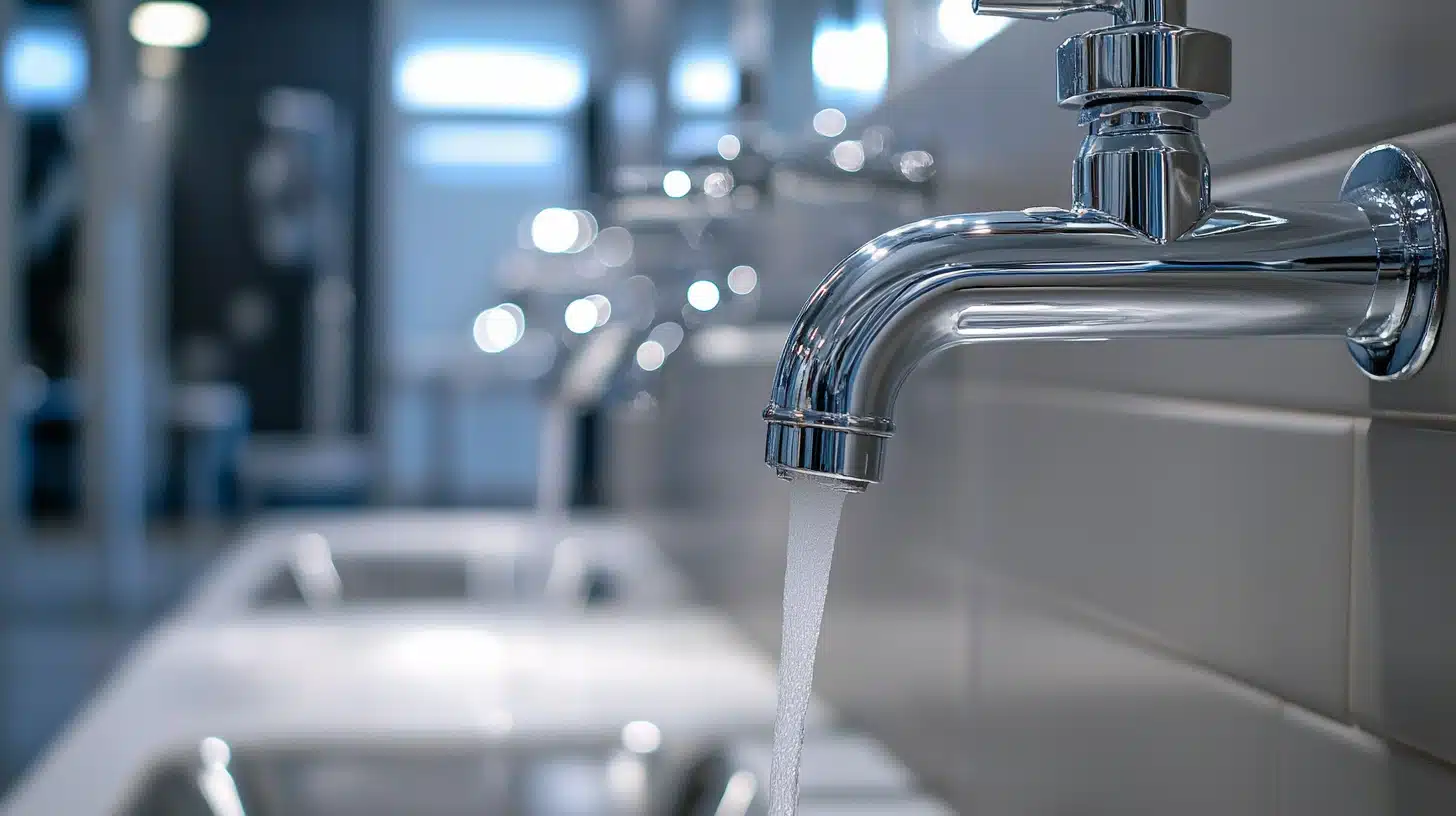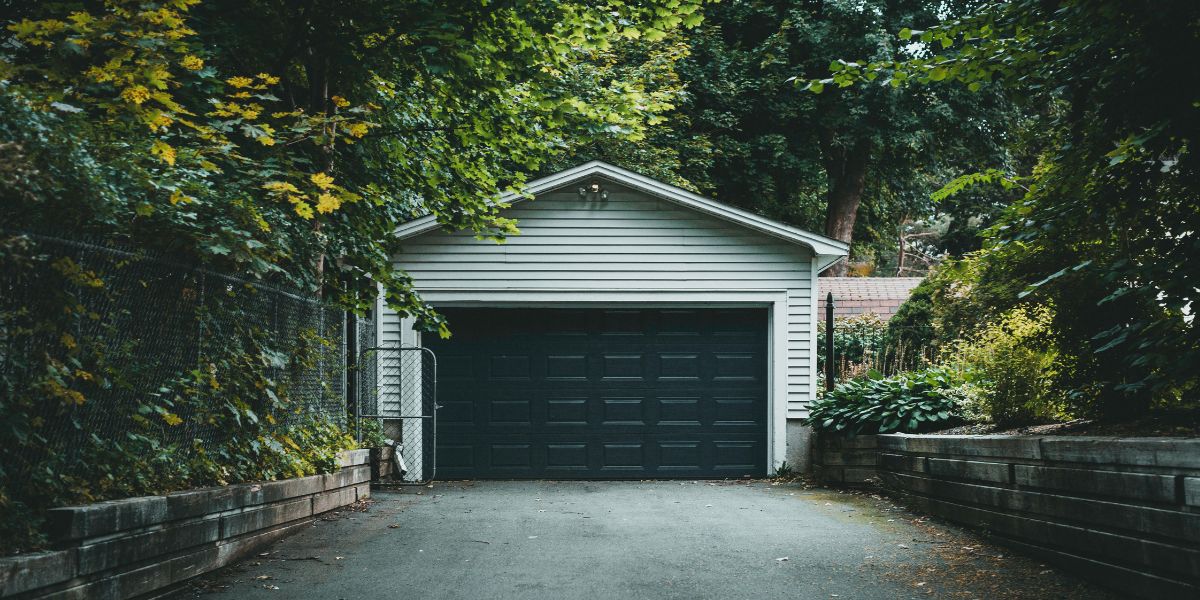Sustainable Living: How to Make Your Home Eco-Friendly
Have you ever wondered how small changes in your daily habits could lead to a greener, healthier planet? Sustainable living doesn’t have to include drastic sacrifices or complicated transformations.
Simple, thoughtful choices can benefit both your home and the environment. By adopting eco-friendly practices, you can reduce your energy bills, create a healthier living space, and make a positive impact on the world around you.
Let’s explore practical steps to help you transform your home into an eco-friendly haven—one conscious decision at a time.
Fundamentals of Eco-Friendly Living
Embracing sustainable living involves making conscious choices about energy consumption and enhancing your surroundings with green spaces. These elements contribute to reducing your carbon footprint while creating a healthier home environment.
Understanding Sustainability
When you think about sustainability, it’s about balancing our needs with the planet’s ability to provide. It’s rooted in the idea of meeting our current needs without harming future generations.
You can start by minimizing waste, supporting local businesses, and choosing products that are sustainably sourced. These actions can make a big impact over time, creating a ripple effect of positive change.
Sustainability is a holistic approach that considers social and economic factors too. It fosters a lifestyle that supports long-term ecological balance.
Importance of Reducing Energy Consumption
Reducing energy consumption is a practical step with immediate benefits for both the planet and your wallet. Begin by using energy-efficient appliances and bulbs. They consume less electricity and can significantly cut down your utility bills.
Consider adopting renewable energy sources, such as solar panels, that offer sustainable energy solutions. Simple changes, like turning off unused lights or unplugging devices, make a difference too. These habits also help decrease greenhouse gas emissions.
Opt for better insulation in your home to reduce the need for heating and cooling. Efficient energy use enhances comfort levels in your home and preserves natural resources for future needs.
Benefits of Green Spaces
Incorporating green spaces into your home environment offers numerous advantages. They enhance air quality, reduce urban heat, and support biodiversity. Having plants indoors or a garden can improve mental well-being, too, by providing a calming atmosphere.
Whether it’s adding potted plants indoors or creating a backyard garden, green spaces can lower stress levels and boost your mood. They also promote physical activity and offer a connection to nature that’s vital for emotional health.
Consider using native plants that require less water and maintenance, which is both practical and eco-friendly. These plant choices can thrive in your local climate, enhancing your garden’s sustainability.
Optimizing Home Energy Use
Optimizing energy use in your home involves integrating renewable energy sources, adopting smart technologies, and enhancing thermal efficiency. These strategies not only reduce costs but also minimize your environmental impact.
Solar Power Integration
Using solar panels transforms solar radiation into electricity, reducing reliance on fossil fuels. Your home’s location and roof orientation can greatly affect solar panel efficiency. Installing solar panels with optimal exposure ensures maximum energy production, which can lead to significant savings on your energy bills. In some areas, government incentives can offset initial installation costs.
Solar batteries are also worth considering. These store excess energy generated during sunny periods for use when the sun isn’t shining, enhancing energy independence. Combining panels with batteries offers a comprehensive solution for home energy needs.
Smart Home Technologies
Smart technologies help monitor and manage your energy use efficiently. Smart thermostats adapt to your lifestyle by learning your temperature preferences and adjusting automatically, saving energy when you’re away.
Smart meters provide detailed insights into your consumption patterns, enabling you to identify high-use times and adjust accordingly. Voice-controlled smart devices can also be employed to switch off lights or appliances remotely, ensuring energy is only used when necessary.
Consulting with EEG makes it easier for Australian homeowners to adopt energy-saving technologies, as expert guidance can streamline the selection and integration of smart solutions tailored to specific household needs. This ensures optimal energy efficiency and long-term savings.
Energy-efficient LED lighting linked to smart systems can dramatically reduce electricity usage. By integrating technology in your home, you streamline energy management with minimal effort.
Insulation and Weatherproofing
Effective insulation significantly reduces energy needed for heating and cooling. Applying materials with high R-values to walls, roofs, and floors prevents heat loss in winter and heat gain in summer.
Ensure windows and doors are sealed properly to avoid drafts that can compromise your home’s temperature efficiency. Weatherproofing materials like shrink film or caulking absorb minimal energy, offering an inexpensive solution to improving your home energy use.
Double-glazed windows not only offer better insulation but also contribute to soundproofing your home. Coupling insulation with energy-efficient windows can significantly reduce your overall energy demand.
Waste Reduction and Management
Minimizing waste starts with effective management practices. Focus on composting organic materials, recycling and upcycling to reduce landfill impact, and making sustainable product choices. By integrating these practices, you can significantly decrease your environmental footprint.
Composting Organic Waste
Composting transforms kitchen scraps and yard waste into nutrient-rich soil, reducing landfill waste and greenhouse gas emissions. Start by setting up a compost bin in your backyard or using a kitchen countertop composter. Include fruits, vegetables, coffee grounds, and egg shells. Avoid meat, dairy, and oils as they attract pests.
Turning your compost every couple of weeks aerates the pile and speeds up decomposition. Within a few months, you’ll have a natural fertilizer that nourishes your plants without chemical additives, promoting healthier gardens.
Recycling and Upcycling
Recycling involves converting waste into reusable materials. Ensure recyclable items like glass, aluminum, and certain plastics are clean and sorted according to local guidelines. This reduces pollution and energy consumption, conserving natural resources.
Upcycling focuses on creatively repurposing items. Transform old furniture into modern decor or use glass jars as storage containers. These projects can be fun and personalize your living space while minimizing discarded materials. Check online for innovative ideas and step-by-step guides to spark inspiration.
Sustainable Product Choices
Selecting eco-friendly products is essential for waste reduction. Choose items with minimal packaging or those made from recycled materials. Bamboo products and biodegradable items offer sustainable alternatives to traditional goods.
You can also prioritize durable goods over disposables by investing in high-quality products that last longer. This reduces the frequency of replacements and contributes less waste. Supporting companies that prioritize sustainability encourages more brands to adopt responsible practices, shifting the market towards greener options.
Conserving Water and Maintaining Quality
To make your home eco-friendly, focusing on water conservation is crucial. By implementing practical fixtures and techniques, you can reduce water consumption and maintain water quality.
Low-Flow Fixtures
Low-flow fixtures are a straightforward way to cut down water usage without compromising performance. Aerators added to faucets can reduce flow significantly while maintaining water pressure.
Installing low-flow showerheads conserves water during showers, saving gallons each day. Similarly, dual-flush toilets give users control over water usage per flush, diminishing waste.
Rainwater Harvesting
Collecting rainwater is an effective way to maximize water use. Installing a rain barrel can collect runoff from your roof, providing a supplemental water source for your garden or lawn.
Ensure the system includes a filter to remove debris and a spigot for easy access. This method capitalizes on free rainwater, reducing your reliance on municipal systems and lowering your water bills.
Conclusion
Small, intentional steps can make a big difference. By adopting energy-saving technologies, conserving water, and incorporating sustainable practices, you can reduce your environmental impact while enjoying a healthier, more efficient living space.
Every choice you make brings us closer to a greener, more sustainable future for generations to come. Start today, and see how simple it is to live in harmony with the planet.







